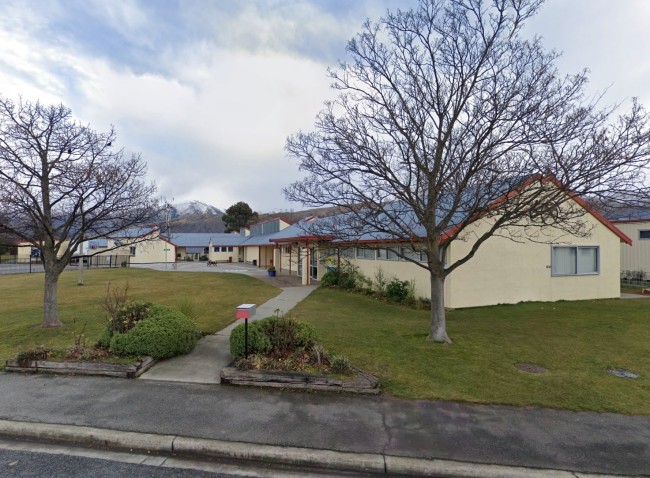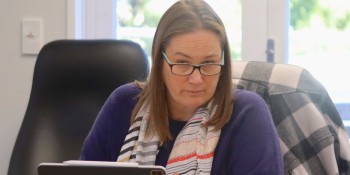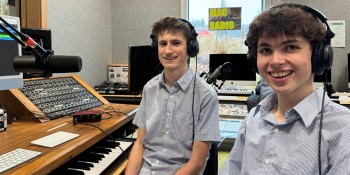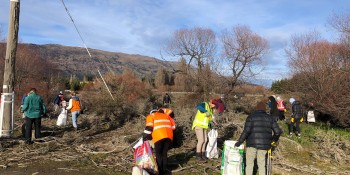
Q'town GP practice to get more DHB funding for better health services
Queenstown Medical Centre is getting a big funding boost from the cash-strapped Southern District Health Board, but it won’t be the long-sought “game changer” for the district’s health woes, a Queenstown health critic says.
The GP practice is one of four Otago/Southland surgeries in the first tranche of the three-year “healthcare home” scheme, which tops up funding in return for an improved service.
The SDHB will pay an extra $16 per patient annually if conditions of the healthcare home scheme are met.
With a roll of 15,500 patients – one of the biggest in the SDHB region – the Queenstown practice is in for a significant boost.
By the middle of next year, 16 practices serving 120,000 southern patients will be in the scheme. Its introduction is being staggered over 12 months because of the SDHB’s financial pressures.
Healthcare homes are part of the SDHB’s new primary and community care plan, which talks about the Dunedin Hospital rebuild as an opportunity to overhaul GP-level care and cut costs by keeping patients out of hospital.
The plan says if things don’t change, “DHB hospital services (will) consume an ever-increasing share of resources, limiting investment opportunities in primary and community care”. It aims to reduce the number of transfers to Dunedin and Invercargill.

Richard Macharg says the extra DHB funding isn't acknowledgement of Queenstown's health service problems.
Queenstown Medical Centre GP Dr Richard Macharg says he was worried the large patient cohort would put the SDHB off, as it means a big spend, so he’s pleased to be selected.
Asked if its selection is an acknowledgement of Queenstown’s broader health woes, Macharg says he doesn’t think so. He says it reflects the practice’s strong record on introducing innovation, but he says the extra funding is useful in an area experiencing high demand.
“Because we are an isolated practice with an expanding population with pressures on us, we were extremely keen to be a healthcare home.
“We were actually concerned that, because of that large number of patients, that the DHB might look at it and say … ‘we don’t have that much money to give to it’.”
He says it’ll take a couple of months to put the scheme in place, so the practice won’t get a full year’s funding in the first year, as it’s worked out on a pro-rata basis.
There is no additional funding for tourist patients, but he’s not concerned about that as they pay fees.
Earlier Crux asked him in an email to what extent the initiative could alleviate pressure on the district’s health service, which is under the spotlight because of the shortcomings of Lakes District Hospital, but Macharg was reluctant to comment.
“Your questions are pertinent but perhaps rather direct and you may understand my reluctance to offer pithy soundbites if you know the past history of health reporting in and around Queenstown,” he replied.

Ian Macara: improved GP services will make a difference, but they're not a substitute for a new hospital.
Ian Macara, chief executive of WellSouth, the region’s primary health organisation, says practices get a top-up of $8 per patient for being in the scheme, and a further $8 per patient if conditions are met.
Macara says it’ll mean less travel for some Queenstown patients, as the funding could facilitate more locally-provided outpatient specialist appointments and telemedicine.
“The beauty for Queenstown is that the Queenstown Medical Centre has been selected to go into tranche one. So we’ll be able to quickly identify the gains there.”
He says the debate under way at present about hospital services in Queenstown is a separate issue, and while improved GP services will make a big difference, it’s not a substitute for a new hospital.
Macara says the extra patient funding money comes directly from SDHB coffers and some practices were disappointed at missing out on being in the first tranche.
The SDHB was overwhelmed with expressions of interest for the programme, receiving 27 applications, three times the number expected.

Lisa Gestro: rollout of "healthcare homes" dependent on DHB finances.
Its head of primary care, Lisa Gestro, told last month’s commissioner meeting in Dunedin the board needed to consider its finances when deciding how to roll out the programme.
Outspoken Queenstown health critic John MacDonald, who’s also a Queenstown Lakes District councillor, says he doesn’t think the new designation makes a big difference as the practice already offers a lot of healthcare home elements, such as a chemist and x-rays.
“I think it’s a good move but it’s not a game changer, particularly here where Queenstown Medical Centre is already doing much of what is asked from a healthcare home.”

John MacDonald: "...it's a good move but it's not a game changer."
He’s looking forward to the next stage of the SDHB’s primary strategy, which introduces hubs of co-located services, saying that is the “real opportunity to put things together”.
This week Macharg emailed staff to celebrate the news and provided the email to Crux.
“This programme has been designed and developed in New Zealand to be a gold standard programme for modern general practice focused on improved patient access, comprehensive planned care and a team in which everyone works at the top of their scope.
“This is going to provide a fantastic opportunity for Queenstown Medical Centre to continue to improve our high-quality service even further with a strong focus on our registered population,” the email says.
Wanaka Medical Centre and Aspiring Medical Centre, which is also in Wanaka, are in the second tranche of healthcare homes and get the designation later this year, along with Cromwell’s Junction Health. Alexandra Medical Centre joins next year in the third tranche.
The other practices joining Queenstown in the first tranche are Dunedin’s Amity Health Centre, Gore Health Centre and Gore Medical Centre.
The concept is already used in other parts of New Zealand, but it’s new for the SDHB.
The healthcare homes website says 128 New Zealand practices use the care model. Read more about healthcare homes here.





























